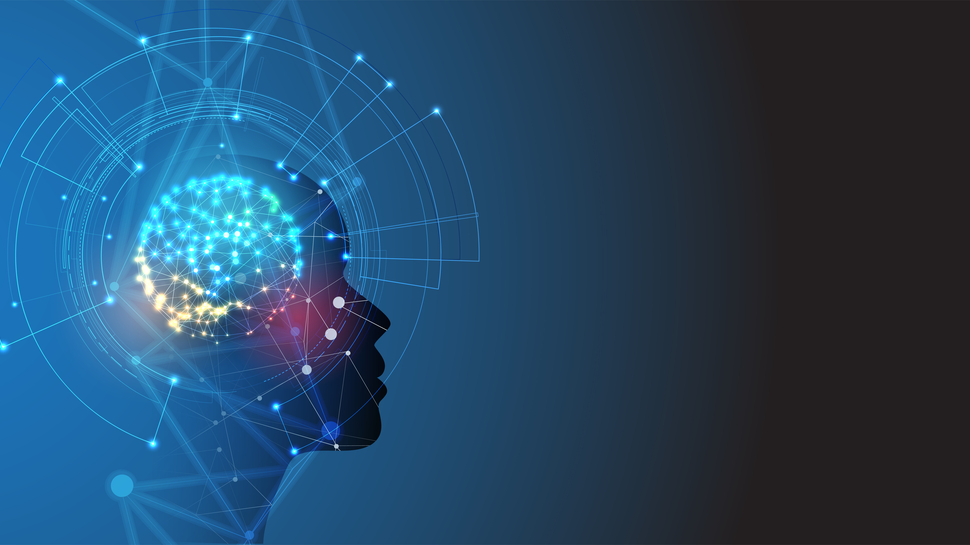AIOps vs CSOps vs CollabOps: what’s the difference?
Interconnecting approaches that drive innovation, collaboration and strong customer experiences

The advent of widespread digital transformation and the adoption of more sophisticated digital technologies and environments have dramatically increased the demands on IT departments and DevOps teams.
At the same time, customer expectations continue to evolve and increase rapidly. AIOps, CSOps and CollabOps are three emerging operational approaches, with overlapping but distinct purposes, meant to meet these challenges.
We’ll look at what each of these approaches involve, and how businesses can leverage them to meet operational objectives and business goals.
What is AIOps?
AIOps is an abbreviation of artificial intelligence (AI) operations, and more specifically, AI for IT operations. It’s sometimes called algorithmic IT operations, or simply algorithmic operations.
AIOps refers to the use of AI—and especially machine learning (ML)—and big data (large sets of customer or company data) in solving operational problems, typically those relating to IT and software development.
Consider that most digital businesses and enterprises now use dozens of tools in complex environments. These are liable to produce thousands, even millions of events and alerts every day. Unaided, your human workforce is unable to keep up with this workload, much less organize and analyze these data points to understand customer use cases, expectations, and difficulties.
An AIOps approach helps you leverage machine power and AI to deal with the ever-growing number of incidents and events, and glean insights in a more sophisticated and comprehensive way. As a result, IT and DevOps teams can react quickly, better understand their customers, and prioritize innovation over firefighting.
Sign up to the TechRadar Pro newsletter to get all the top news, opinion, features and guidance your business needs to succeed!
What is CSOps?
CSOps refers to customer success operations. CSOps teams translate customer success strategies into workable business practices and provide other business units, such as the customer service team, with the tools and information to do so.
More than ever, customers expect seamless, convenient, personalized, and rapid journeys and experiences. When businesses fail to meet these expectations, when something goes wrong with a product, service or experience, the customer service team must be able to respond quickly and effectively.
CSOps teams make this possible. They come up with new ways to meet demands, help ensure objectives and key results (OKRs) are met, and that key performance indicators (KPIs) stay on track.
Depending on the size of the company, CSOps may also organize and analyze large quantities of customer data captured during day-to-day interactions. Insights gleaned from this data can be used to continuously improve the customer experience. This side of CSOps typically forms the basis for an omnichannel approach to sales, marketing and customer service, the goal of which is to provide a holistic, consistent customer experience.
Ultimately, a strong CSOps approach can help businesses maximize customer retention and boost satisfaction while keeping costs low.
What is CollabOps?
Finally, CollabOps, a relatively new term, refers collectively to the tools, practices, and philosophies that guide the collaborative efforts between a company’s business units.
While it’s rare to have a dedicated CollabOps team, it’s fair to say that all businesses have some kind of established approach to collaboration. CollabOps codifies these and provides a framework for understanding how collaboration can be streamlined and improved for a better overall customer experience, and smoother business operations.
As an operational approach, the goal of CollabOps is to break down barriers between teams. This is achieved through the adoption of collaborative software such as Slack, Microsoft Teams, and Zoom, but also requires important cultural changes and, often, a reframing of business processes, and even the redrawing of organizational charts.
The move away from organizational silos towards collaborative environments, where data, knowledge, processes, and even company culture are shared freely, is central to the digital transformations many businesses have undertaken.
How does it all fit together?
While AIOps, CSOps and CollabOps appear to have different purposes, in reality there’s a lot of overlap. Much of this has to do with the fact that all three are highly customer-centric. Let’s look at an example to see how AIOps, CSOps and CollabOps fit together.
Imagine an accounting SaaS company with a customer base of several thousand small and medium-sized businesses. As an agile company, and one that employs a DevOps methodology, it regularly releases updates to its cloud-based software.
Both the live and developmental (sandbox) environments are fairly complex, and the live environment generates several hundred incident events per week that must be organized, analyzed, and responded to by the customer service arm.
Suppose a major client experiences a critical error during the creation of an important invoice, and their work is lost. However, they fail to report the incident by email or chat.
Fortunately, supported by artificial intelligence, AIOps can automatically flag this incident as high priority, separating it out from the noise of other event and incident reports. In addition, a machine learning algorithm has identified that this particular incident often occurs with invoices of a particular nature, and flags the incident for the DevOps team to examine as a priority.
Made aware of the situation, the customer service team can reach out to the customer and engage them in discussion. Doing so means having the customer’s history and information readily available in the CMS, linked to a report of the incident, and tied to a DevOps ticket. All of this is managed via CSOps.
Finally, thanks to CollabOps integrations throughout the company, an incident report is automatically submitted to the relevant channel in Slack, added to a weekly report as a PDF document, and tickets are created, tagged, and assigned a deadline and owner for the development and customer service teams in Jira.
Conclusion
AIOps, CSOps and CollabOps are operational strategies that enable digital businesses to meet customer expectations. Implemented properly, these approaches provide critical infrastructure and tools for human workers, and lead to greater collaboration, innovation, and proactivity, driving strong customer experiences.
Christian is a freelance writer and content project manager with 6+ years' experience writing and leading teams in finance and technology for some of the world's largest online publishers, including TechRadar and Tom's Guide.
